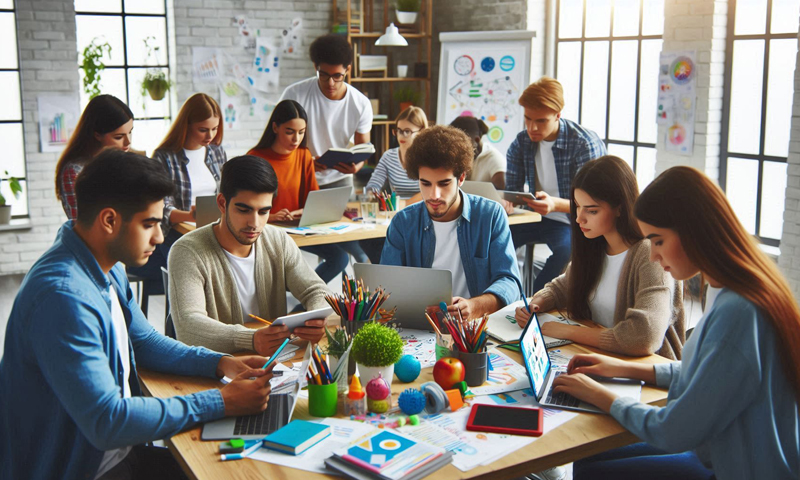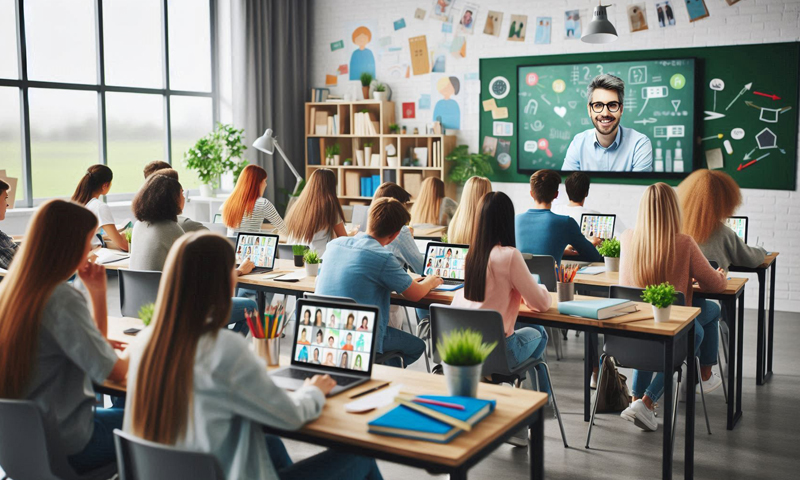Education is not one-size-fits-all. Every learner is unique, with different strengths, challenges, interests, and goals. Traditional teaching methods, which assume all students learn at the same pace and in the same way, often leave some behind while failing to challenge others. This is where personalized learning paths come in—a transformative approach that adapts education to fit each individual’s needs.
What Is a Personalized Learning Path?
A personalized learning path is an educational approach that tailors the learning experience to each student’s abilities, interests, and pace. Instead of following a rigid curriculum, students progress based on their understanding and mastery of subjects. This approach leverages technology, flexible curriculums, and student-centered teaching strategies to create a customized learning journey.
Why Personalized Learning Paths Matter
1. Addresses Individual Learning Needs
Every student learns differently—some grasp concepts quickly, while others need more time. Personalized learning paths adjust the pace and difficulty to ensure all students fully comprehend material before moving forward.
2. Enhances Engagement and Motivation
When students have a say in how and what they learn, they are more engaged. Personalized learning often includes interest-based projects, real-world applications, and interactive learning, making education more relevant and enjoyable.
3. Encourages Mastery Over Memorization
Traditional education often prioritizes speed over comprehension, pushing students through topics even if they don’t fully understand them. Personalized learning ensures mastery before progression, leading to a deeper and more lasting understanding.
4. Supports Diverse Learners
Students with special needs, gifted students, and those with different cultural backgrounds benefit greatly from personalized learning. It allows for modifications that accommodate learning disabilities, advanced coursework for gifted students, and culturally relevant teaching materials.
5. Prepares Students for the Future
The modern workforce values adaptability, critical thinking, and problem-solving. Personalized learning fosters these skills by promoting independent thinking and self-directed learning—key attributes for lifelong success.
How Personalized Learning Works
1. Data-Driven Insights and Adaptive Technology
Modern personalized learning relies heavily on technology and data. Learning management systems (LMS), AI-driven platforms, and adaptive assessments track student progress and recommend resources based on their performance.
2. Student Choice and Goal Setting
Students often have the ability to set learning goals, choose projects, or select learning modules that align with their interests. This fosters ownership of their education and encourages self-motivation.
3. Flexible Learning Environments
Personalized learning isn’t confined to the traditional classroom. It can happen online, in hybrid settings, through project-based learning, or even in real-world internships and apprenticeships.
4. Teacher as a Guide, Not Just an Instructor
In a personalized learning environment, teachers shift from being the sole providers of knowledge to mentors and facilitators. They guide students, provide feedback, and help them navigate their learning journeys.
Challenges and Considerations
Equity and Access
Not all students have access to the technology and resources needed for personalized learning. Schools must address digital divides and ensure equal opportunities for all learners.
Training Educators for Personalized Learning
Teachers need professional development to effectively implement personalized learning strategies. This requires schools to invest in training and support.
Balancing Personalization with Core Standards
While personalized learning allows for flexibility, it’s important to ensure students still meet essential educational standards. A balance between customization and curriculum alignment is necessary.
The Future of Personalized Learning
With advances in AI, machine learning, and data analytics, personalized learning is becoming more sophisticated. As education shifts towards student-centered approaches, personalized learning paths will likely play an even greater role in shaping future generations.
The goal is clear: education should empower students, not limit them. By embracing personalized learning paths, we can create an educational system that truly meets the needs of every learner—preparing them for a future where adaptability and lifelong learning are essential.











